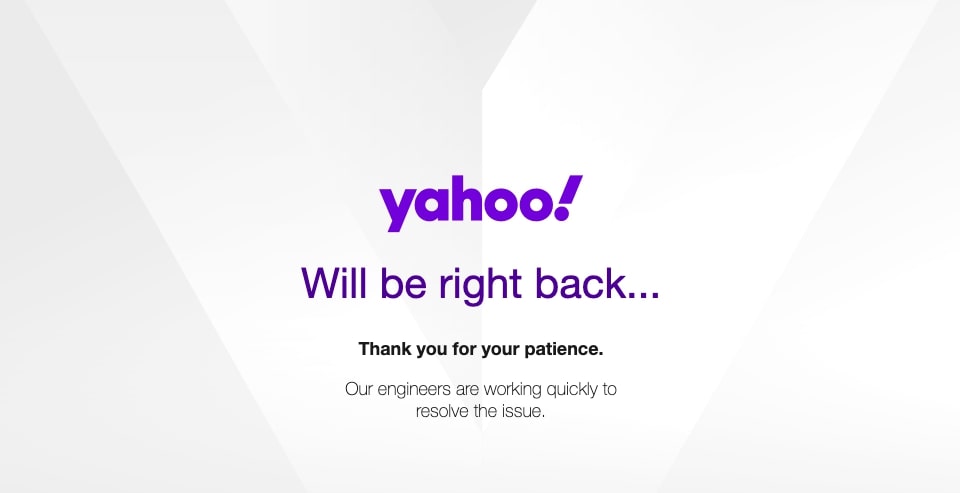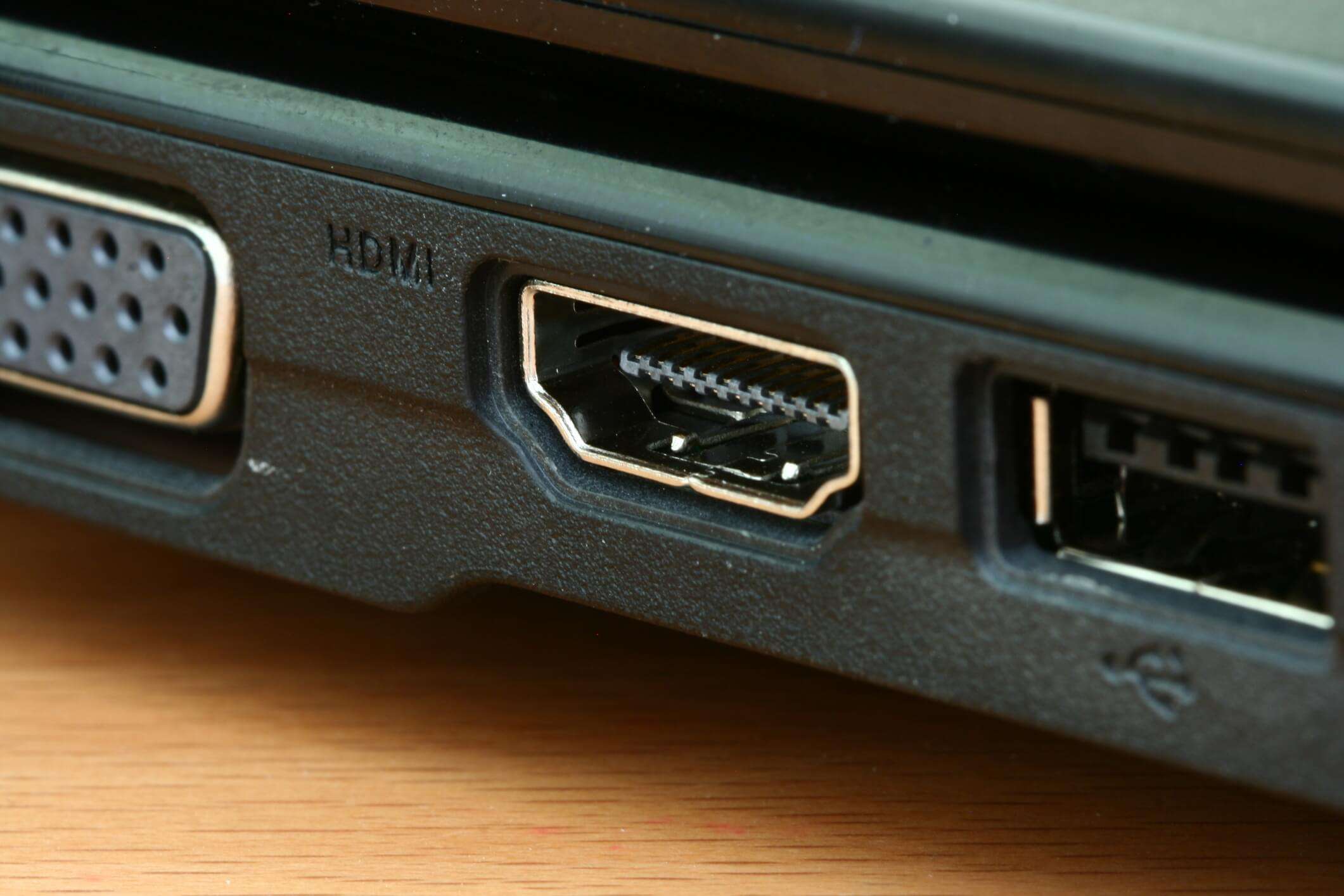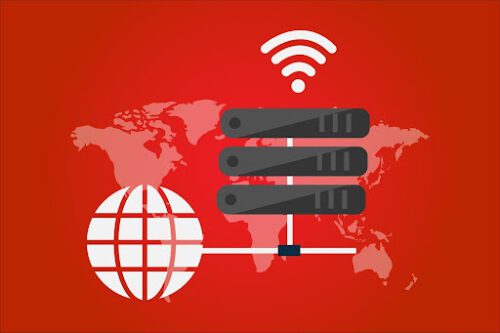SOCKS and HTTP(S) Proxies: Learning the Difference
Proxies are pretty popular these days. They act as gateways between you and the web and have found dozens of personal and business use cases. Since they route the traffic between your computer and the internet, you can set them up to hide your IP and change how you interact with web servers.
Most often, they are used to ensure anonymity while online. However, businesses use proxies to facilitate large-scale web scraping operations, control traffic, ensure stable bandwidth, and enhance security. All of it implies that there are different types of proxies, such as SOCKS and HTTPS proxies.
Let’s see what makes these proxies unique, their use cases, and how the Chrome proxy extension can benefit you.
SOCKS and HTTP Proxies: main use cases
SOCKS and HTTP proxies got their names after the protocols they use, SOCKS and HTTP, respectively. While both protocols sit on layer 4, they have some differences. Understanding their differences is important because their use cases come from them.
For instance, SOCKS proxies can handle both TCP and UDP connections, while HTTP proxies can connect only using TCP. HTTP proxies support encryption through TLS, while their SOCKS counterparts are not encrypted.
HTTP proxies efficiently cash web pages and can be set to filter data. It results in improved load speeds and performance overall. SOCKS proxies, on the other hand, are known for their speed. Now that we got their differences out of the way let’s see the main use cases of SOCKS and HTTP proxies.
HTTP proxies are often used in web scraping operations. Their capabilities render them a perfect match for web scraping operations of any scale. First of all, an HTTP proxy can understand data. You can simply set it up to filter the content and cache data. It enables you to improve your web scraping operation, target, and extract only the data you need.
Additionally, with HTTP proxies, you can configure HTTP request headers (User-Agent, Accept-Language, Accept-Encoding, Accept-Referrer). It’s crucial when you want to avoid detection, prevent blocks and banks, and improve the web scraper success rate overall.
You can use them to get valuable insights from data. For instance, companies use HTTP proxies to scrape data regarding product prices, descriptions, and consumer sentiment. With these proxies, you can bypass anti-scraping measures and get the data that will provide you with a competitive advantage and other actionable insights.
Finally, HTTP proxies are also used to add an extra security layer. They can detect malicious data packets and prevent spyware from infecting your server and network.
SOCKS proxies are most commonly used when you need to access content behind a firewall. While they can’t interpret the data like HTTP proxies, they can get you access to content behind limited access. Plus, they can work on any port and support all protocols, which makes them more versatile and flexible.
Furthermore, they are used for tasks that require faster speeds and a more reliable connection. Unlike HTTP proxies which use TCP protocol to establish a connection between a server and the client, SOCKS proxies use UDP. UDP is not based on a strict format like HTTP.
It won’t convert data into fixed packets. As a result, you will have an uninterrupted connection and fast speeds.
Chrome proxy extension: use both types with ease
HTTP and SOCKS proxies come with many benefits and use cases. If you can benefit from both, you can easily end up in a position thinking you have to choose which one to use. You might be under the impression that switching from one proxy type to another is challenging and time-consuming.
Fortunately, now you can benefit from both SOCKS and HTTP proxies on demand. Thanks to the Chrome proxy extension by Oxylabs, you can switch between both types with a simple click. You don’t have to choose only one proxy type but use both to achieve your specific goals and access specific proxy capabilities.
The best thing about the extension is that it seamlessly integrates into Chrome. It’s light and doesn’t affect the overall performance while enabling you to use both proxy types whenever you need it.
Conclusion
Proxies are powerful solutions to have in your tech stack. They can help you improve your anonymity and security online. More importantly, you can use them to gather valuable online data and facilitate the business decision-making process.
As you can see, HTTP and SOCKS proxies offer unique benefits, and it can be hard to opt for just one. Thanks to apps such as Chrome proxy extension, you don’t have to. You can easily switch from SOCKS to HTTP proxy and reap the benefits you need at the moment.










